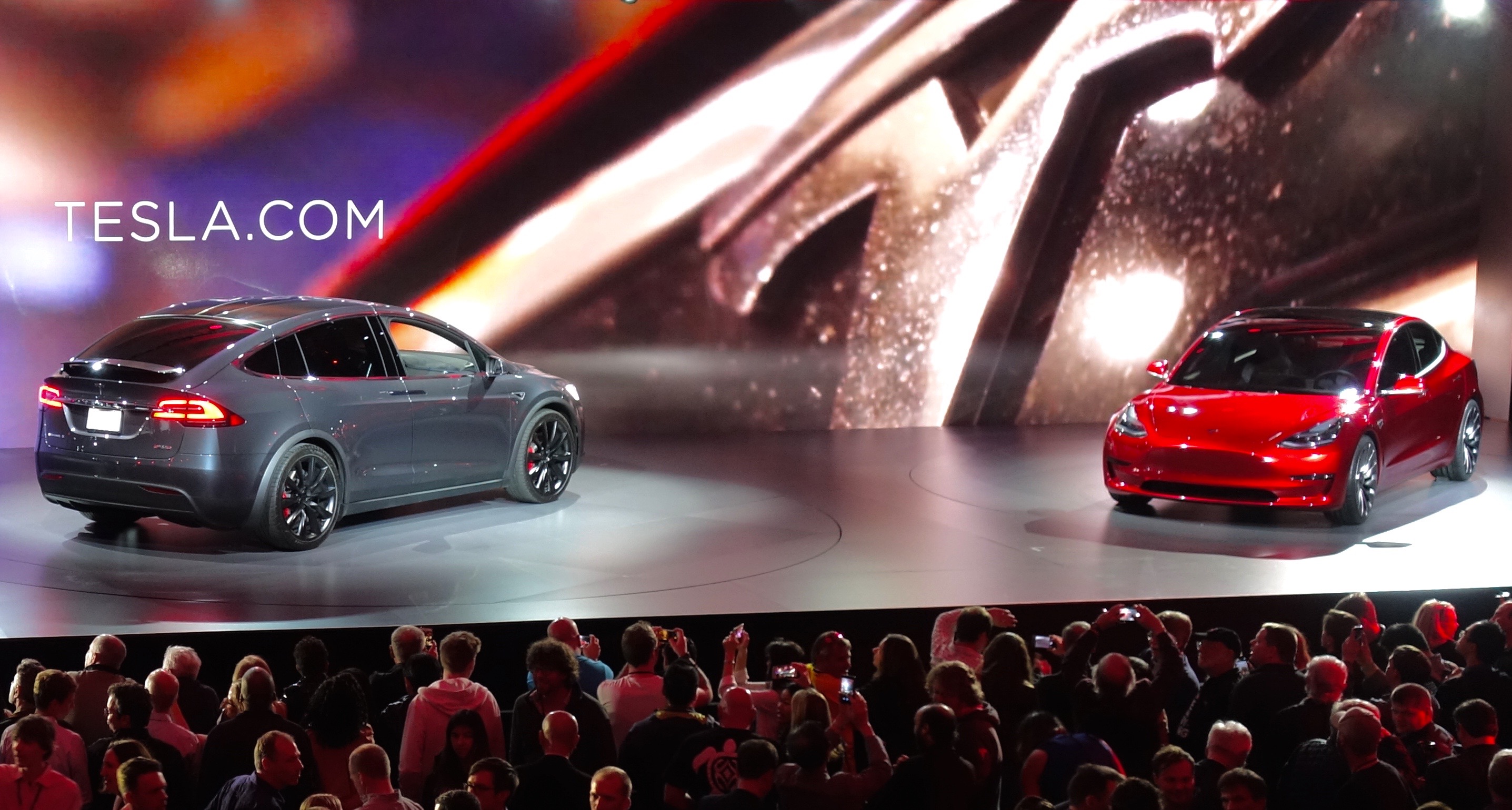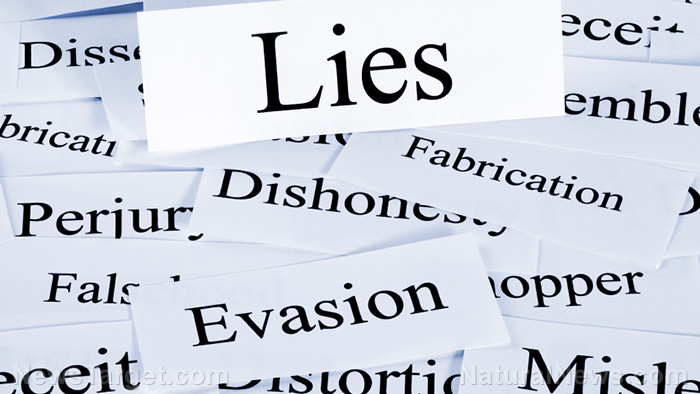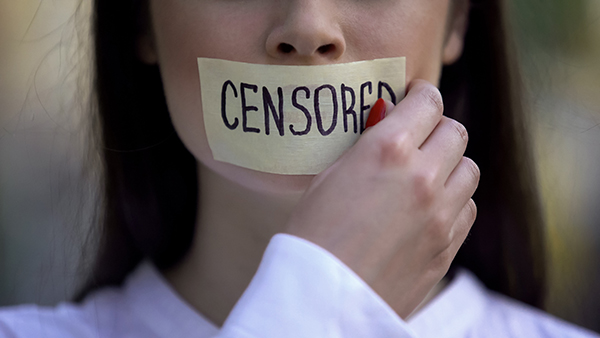Elon Musk’s “futuristic” transit system in Las Vegas falls short of expectations
04/16/2021 / By Franz Walker

Elon Musk’s “futuristic” Las Vegas transit loop has received criticism for failing to live up to the serial entrepreneur’s lofty promises.
The $55 million loop, which was built by Musk’s The Boring Company, promised to whisk passengers in driverless Tesla cars at speeds of up to 155 mph. This would turn a typically 15-minute-long-walk into a short two-minute ride. But the actual system looks to be far less exciting, boring even.
First looks at the public transportation system have proved to be a letdown to those who have traveled on it. Instead of driverless Tesla cars zipping around underneath the Las Vegas Convention Center (LVCC) campus, regular Tesla vehicles were driven by humans through a colorful tunnel at a paltry 35 mph.
Loop already faced issues before it opened
The LVCC loop was initially built to help handle the traffic generated by the Consumer Electronics Show (CES) – America’s biggest trade show. In pandemic-free years, CES attracted more than 170,000 attendees, creating massive traffic jams on the roads surrounding the LVCC campus.
To help absorb at least some of the congestion, the LVCC mulled plans for a transit system that could move up to 4,400 attendees every hour between exhibition halls and parking lots.
While the LVCC had considered traditional light rail that could shuttle hundreds of attendees per train, it eventually settled on the underground system from Musk’s The Boring Company. This was because the latter’s bid was tens of millions of dollars cheaper.
There were signs early on that the loop would not be able to live up to its lofty promises. Fire regulations pegged the occupant capacity in the load and unload zones of one of the loop’s three stations at just 800 passengers an hour. This meant that, if the two other stations had similar limitations, the entire system would only be able to transport 1,200 people an hour – a quarter of its promised capacity.
Should The Boring Company miss its performance target by such a wide margin, the company will not receive more than $13 million of its construction budget – and could face millions more in penalty charges.
These issues, which stemmed from building and fire codes, wouldn’t have mattered as much if the technology delivered as promised. The loop is a technology demonstrator after all, which is meant to show that the ideas behind the system could work in the real world.
Media reviews find the system disappointing
If Musk and The Boring Company were hoping that the loop would silence any doubts once it went into operation under the LVCC, then initial impressions aren’t good. Reviews from various media sources have found the system to be disappointing.
“It seems like this project is quickly turning into Tesla cars driving people underground, rather than some sort of futuristic transport system,” stated CNET Roadshow‘s Sean Szymkowski. “Unfortunately, for now, it looks sort of disappointing.”
Motoring site Jalopnik was even more unflattering with its review, calling the loop “the lamest thing In Las Vegas.”
“It’s just some Tesla Model 3s driving slowly in a tube,” exclaimed Jalopnik‘s Jason Torchinsky. “All this really is are some Teslas driving in tunnels lined with LED lights.”
Musk himself admits that the system leaves much to be desired. He tweeted in October last year that they “simplified this a lot” from their original plans to have dedicated autonomous vehicles that could carry up to 16 passengers at high speed.
“It’s basically just Teslas in tunnels at this point,” admitted the entrepreneur, though he claimed that this was “way more profound than it sounds.” (Read: Is Elon Musk selling HYPE rather than reliable vehicles?)
But even at its claimed 4,400 people per hour – something that current fire regulations will not allow – the system can only move as much as a dedicated bus lane, according to data from the National Association of City Transport Officials.
Meanwhile, other technologies promise to move more people at a much lower cost. Proposed moving high-speed sidewalks, similar to the ThyssenKrupp ACCEL system used in Toronto’s Pearson International Airport, are projected to be able to move up to 7,000 people per hour while costing much less to build.
The costs already incurred by the LVCC loop, as well as the likely additional costs it would take to develop it beyond its “simplified” state and make it work as initially advertised, make everyone wonder whether or not the LVCC should have gone with an alternative technology.
Follow ElonMuskWatch.com for more outlandish proposals from Musk that have failed to deliver.
Sources include:
Tagged Under: badtech, consumer electronics show, Elon Musk, future tech, future technology, las vegas, las vegas convention center, tesla, the boring company, transportation
RECENT NEWS & ARTICLES
COPYRIGHT © 2017 SCIENTIFIC NEWS





















